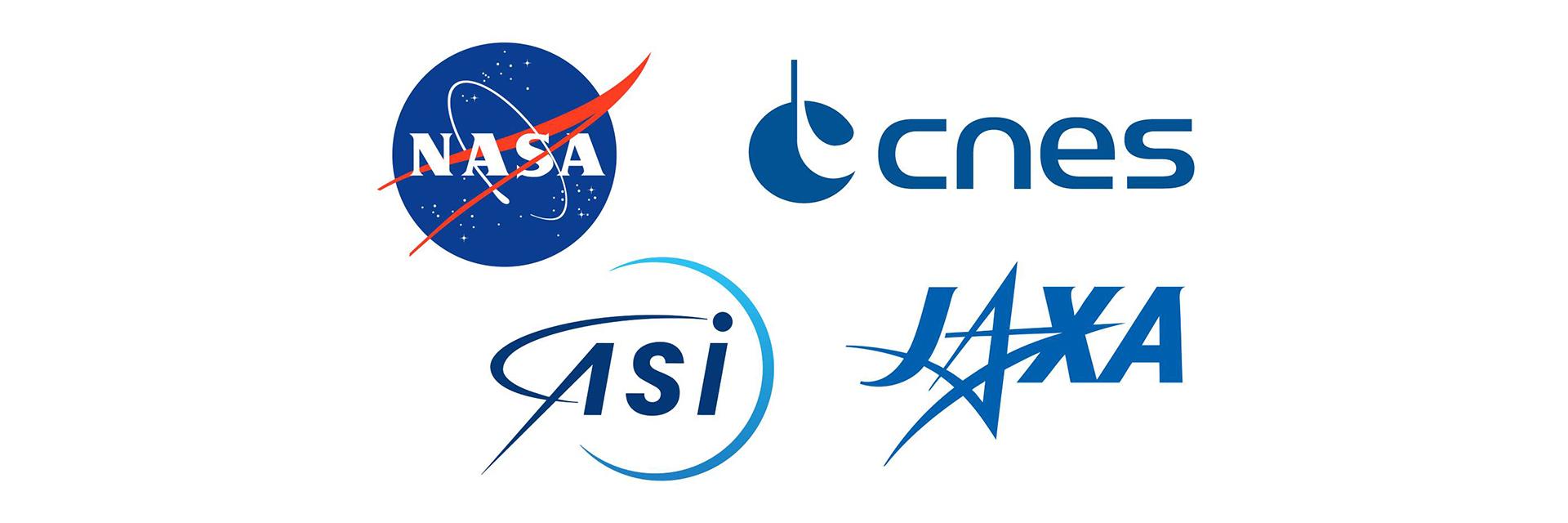La AEE formaliza su colaboración con otras agencias mediante acuerdos bilaterales y multilaterales. Los Programas Bilaterales fueron establecidos en 2006 para apoyar al desarrollo del sector espacial español mediante la participación en misiones espaciales en colaboración directa con otros países. Estos programas favorecen intereses estratégicos nacionales más allá de la misión en sí y permiten a empresas españolas participar en proyectos relevantes a nivel internacional con un rol significativo.
Los programas se articulan a través de acuerdos bilaterales de colaboración con otras agencias espaciales (NASA de EE. UU., CNES de Francia, etc.). Hasta la fecha se ha participado en misiones en colaboración con NASA, CNES y Roscosmos, aunque la intención es ampliarla a otras agencias, para lo cual la AEE está estableciendo los contactos necesarios para seguir apoyando al sector espacial español.
Las misiones en las que España participa son de índole variada: misiones tecnológicas (PRISMA, KARMEN), científicas (WSO) y de exploración (Mars Science Laboratory, Insight, Mars2020), aunque se pueden plantear en cualquier otro ámbito espacial, como por ejemplo Observación de la Tierra, Seguridad Espacial o Lanzadores. Además de los beneficios intrínsecos de participar en una misión particular, los Programas Bilaterales promueven las relaciones con otras agencias, apoyan la imagen internacional de España y permiten a las empresas trabajar conjuntamente con entidades de otros países, fortaleciendo alianzas estratégicas e intercambios que son de interés mutuo.
En la actualidad continúan activas las colaboraciones con NASA para las misiones Mars 2020 (en la que España aportó la antena de alta ganancia HGAS y el instrumento MEDA, ambos instalados en el rover Perseverance) y Mars Science Laboratory (con la antena de alta ganancia HGAS y el instrumento REMS instalados en el rover Curiosity). Los instrumentos REMS y MEDA -junto a TWINS, cuya misión ya ha finalizado- han posicionado a España como líder mundial en la investigación del entorno de la superficie marciana, midiendo tanto condiciones atmosféricas (viento, humedad, presión, temperatura) como radiación, polvo y temperatura del suelo. En 2023 la AEE se adhirió a los acuerdos Artemis, en los que numerosos países han acordado una serie de principios que guíen las actividades espaciales.
